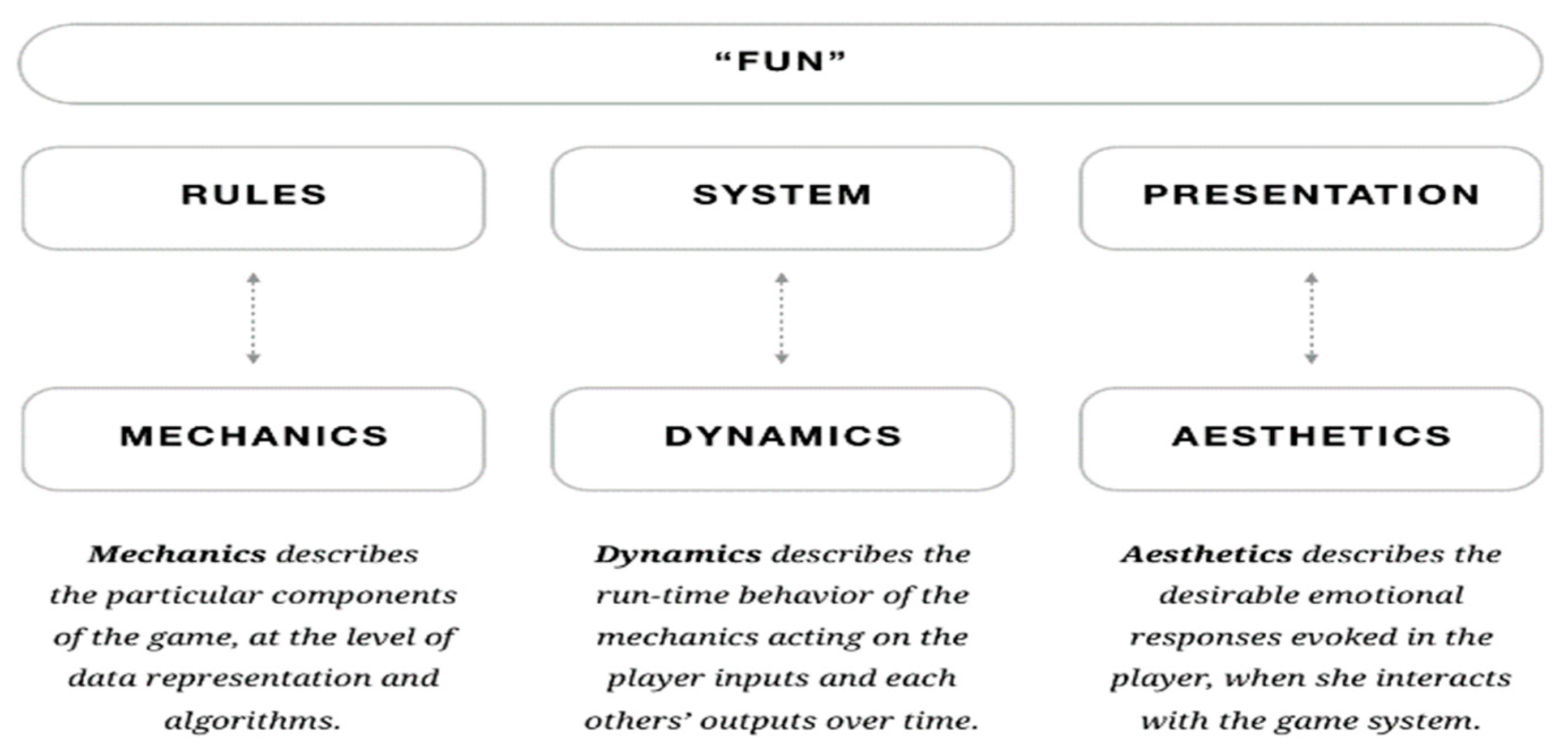BD Help Zone
Your go-to source for insightful news and information.
Get Players Hooked: Engage and Retain with Fun Mechanics
Unlock the secret to player retention! Discover fun mechanics that captivate and engage your audience like never before. Dive in now!
Unlocking Player Engagement: 5 Game Mechanics That Keep Players Coming Back
In the dynamic world of gaming, player engagement is crucial for the long-term success of any title. By incorporating specific game mechanics, developers can create immersive experiences that keep players coming back for more. One effective method is the integration of progression systems, where players earn rewards or unlock new abilities as they advance. This not only provides a sense of accomplishment, but it also encourages players to invest more time in the game. Another significant mechanic is social interaction. By fostering communities through guilds, clans, or in-game chats, players feel more connected and are more likely to return to engage with their friends and peers.
Additionally, the inclusion of differentiated challenges plays a vital role in sustaining player interest. When games offer varied difficulty levels or dynamic challenges, it keeps players on their toes and encourages them to enhance their skills. Another compelling mechanic is the concept of limited-time events. These create a sense of urgency, motivating players to log in and participate to earn exclusive rewards. Finally, game developers can leverage storytelling as a captivating mechanic. A rich narrative draws players into the game's world, making them more invested in the outcomes and encouraging repeat visits to discover new plot twists or character developments.

Counter-Strike is a popular first-person shooter game that pits terrorists against counter-terrorists in a series of team-based rounds. Players engage in tactical gameplay that requires coordination and strategy, making each match both thrilling and competitive. If you're looking for an exciting way to enhance your gaming experience, check out this duelbits promo code for some bonuses.
How to Create a Reward System That Hooks Players and Increases Retention
Creating a reward system that hooks players and increases retention is crucial for keeping your audience engaged. To start, identify the core motivations of your players. Are they seeking challenge and competition, or do they prefer exploration and discovery? Once you understand what drives them, you can implement a tiered reward system that offers players incentives based on their gameplay progress. For example, consider using an experience points system where players earn points for completing tasks or missions, eventually leveling up and unlocking exclusive rewards. This creates a sense of accomplishment and encourages players to return for more.
Next, incorporate social elements into your reward system to foster community engagement. Leaderboards or achievement badges can create friendly competition among players, incentivizing them to play more frequently to earn top spots or unique rewards. Additionally, you can introduce limited-time events, where players can earn unique rewards for participating during specific periods. This not only hooks players but also creates a sense of urgency. Remember to regularly assess your reward system's effectiveness by gathering player feedback and analyzing retention metrics, allowing you to make adjustments and keep the system fresh and exciting.
Are You Using These Fun Mechanics to Boost Player Engagement?
Engaging players in a game requires more than just captivating graphics and an intriguing storyline; it demands innovative mechanics that keep users returning for more. One popular approach is incorporating reward systems, which can include everything from daily login bonuses to achievement badges that players can showcase. Such mechanics not only incentivize regular play but also create a sense of accomplishment that enhances overall game satisfaction. For example, games that implement tiered rewards encourage players to reach new levels while maintaining excitement about potential future gains.
Another effective mechanic is the use of social features that promote collaboration and competition among players. Integrating options for players to form teams, share progress, or engage in friendly rivalries can significantly increase player engagement. This community aspect fosters a sense of belonging and encourages players to actively participate in the game’s ecosystem. Additionally, mechanics like live events or seasonal challenges can spike player interest, providing timely content that keeps players buzzing and eager for the next gameplay opportunity. By leveraging these fun mechanics, developers can enhance player engagement and create a more vibrant gaming community.